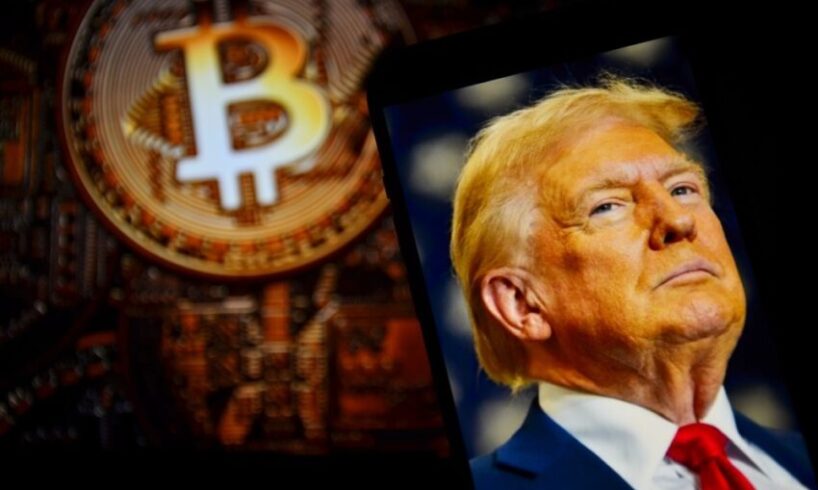
On August 7, President Donald Trump signed an executive order that could reshape the U.S. retirement landscape by giving employer-sponsored 401(k) plans the green light to include cryptocurrency as an investment option. The directive tasks the Department of Labor, Securities and Exchange Commission (SEC), and Treasury Department with expanding access to “alternative assets” — a category that now explicitly includes crypto alongside private equity and real estate.
According to the White House, the move aims to diversify investment choices in retirement accounts. Which historically have been limited to traditional stocks, bonds, and mutual funds. Regulators are being asked to modernize the rules, clarify fiduciary obligations under ERISA, and reduce litigation risks so that employers and plan providers feel more confident in adding approved crypto investments.
How Big Could This Be?
The scale of the 401(k) market is immense. Employer-sponsored defined-contribution plans hold around $12.2 trillion in assets, with 401(k)s making up roughly $8.7–$8.9 trillion of that total. By comparison, the total cryptocurrency market is estimated at $4 trillion — less than half the size of the 401(k) pool.
Even a modest 1–2% allocation to crypto within 401(k)s could channel tens of billions of dollars into the market. Particularly if widely adopted products like spot Bitcoin ETFs are used as the vehicle.
Major asset managers such as BlackRock and Fidelity, both of which already offer crypto ETFs, are well-positioned to benefit if retirement plans start offering these products. BlackRock’s IBIT fund alone holds about 700,000 Bitcoin, offering institutional-scale liquidity and daily pricing at fees near 0.25%.
Where Crypto Fits in a 401(k)
A 401(k) is an employer-sponsored retirement plan where employees invest a portion of their paycheck, often matched by the employer, with tax advantages. More than 715,000 active plans serve about 70 million active participants in the U.S., making the system the backbone of private retirement savings.
Most contributions are funneled into professionally managed “default” investments like target-date funds. These funds already hold around 38% of total 401(k) assets and are used by roughly 68% of participants. If crypto exposure is added to these default options, adoption could grow quickly without individual investors needing to make active changes.
In the near term, crypto could appear in 401(k)s through:
-
Plan menu options (e.g., adding spot Bitcoin ETFs as a standalone choice)
-
Self-directed brokerage windows, which give participants access to a wider range of investments — though this feature isn’t universal.
Benefits and Risks
Supporters argue that crypto in 401(k)s could:
-
Provide diversification, with historically inconsistent correlation to stocks and bonds.
-
Offer institutional-quality exposure through regulated ETFs with transparent pricing.
-
Normalize crypto as a long-term portfolio asset rather than a speculative play.
However, risks are significant:
-
Bitcoin’s price history includes declines of 70–80% during bear markets.
-
Higher fees compared to standard index funds.
-
Potential legal challenges if plan sponsors are accused of breaching fiduciary duty.
The Labor Department previously allowed private equity exposure in certain retirement products during Trump’s first term, but uptake was slow due to litigation fears. This new order is designed to address those concerns directly.
READ MORE: OpenAI GPT-5: The Next Generation of Artificial Intelligence
What Happens Next
In the short run, the announcement has already coincided with renewed inflows into crypto ETFs, particularly Ethereum-focused products, according to CoinShares. U.S. spot Bitcoin ETFs recently set subscription records, and futures open interest hit all-time highs.
Over the medium term, 401(k) access could expand the crypto investor base beyond retail traders and crypto-native firms, potentially:
-
Improving liquidity.
-
Narrowing bid-ask spreads.
-
Deepening derivatives markets.
In the long term, institutional adoption through retirement plans could tie crypto performance more closely to broader economic cycles, index fund flows, and interest rate expectations — and less to crypto-specific news. While this could dampen extreme volatility. It could also mean the market reacts more to macroeconomic forces than to events inside the crypto industry.







